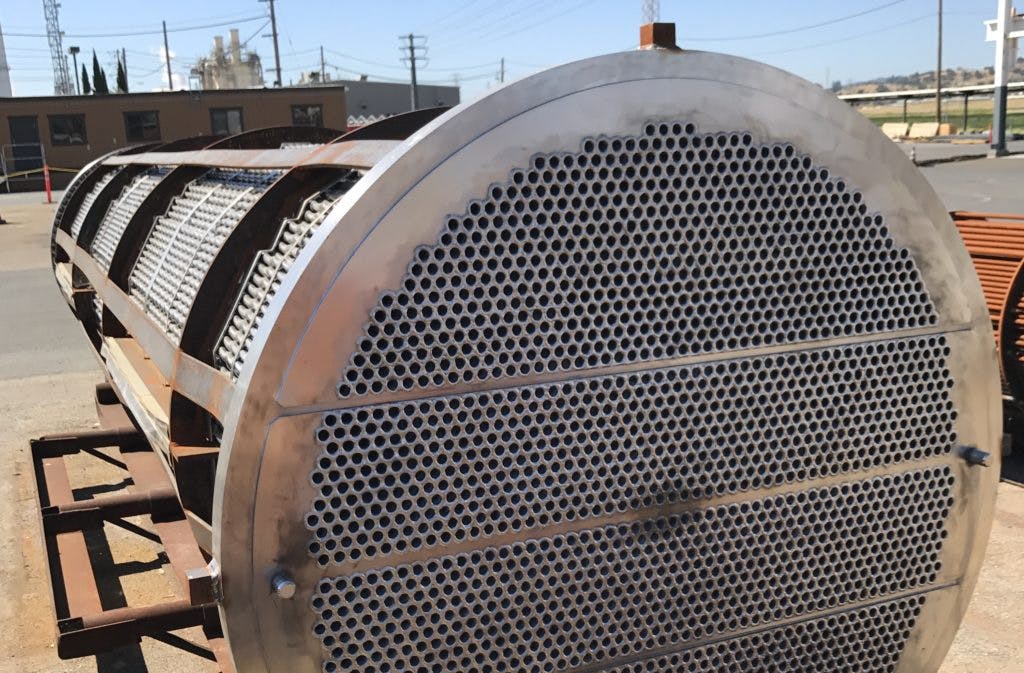HeatX is an ultra-thin, hydrophobic, oleophobic nano-treatment that can be applied to heat exchangers and condensers to prevent corrosion and fouling or to promote dropwise condensation, greatly improving efficiency across processes like power generation… but it didn’t start out that way!
HeatX was initially developed under a U.S. Navy program answering a need to prevent biofouling (such as algae, barnacles, and other organisms) from adhering to ships’ hulls and creating huge amounts of hydrodynamic drag.
This drag is a big deal for a ship’s speed and fuel burn rates, but a massive issue when viewed across thousands of ships in the Navy’s fleet, consuming vast amounts of fuel while at sea. A nanotechnology was called for to create an ultra-slick surface on which micro- and macro-organisms could not stick.

This drag is a big deal for a ship’s speed and fuel burn rates, but a massive issue when viewed across thousands of ships in the Navy’s fleet, consuming vast amounts of fuel while at sea. A nanotechnology was called for to create an ultra-slick surface on which micro- and macro-organisms could not stick.
Because the team working on this project was composed of scientists not from military or naval backgrounds, they were thinking outside the box from the very start. They realized that their novel nanomaterial may have applications well beyond boats and eventually adapted a variant to test on other equipment that suffers from biofouling.
HeatX addresses the needs of industrial users who rely on heat exchangers for operations, one such operator was Hawaiian Electric Company (HECO). Although the Oceanit team had no experience working at powerplants, they approached HECO and asked what their pain points were to see where Oceanit might be able to apply expertise. As it turned out, HECO greatly suffered from biofouling issues that were costing up to $2 million per year in efficiency decreases and maintenance on Oahu alone. The HeatX variant omniphobic treatment was designed to function in much the same way as it did for the U.S. Navy, but in significantly different conditions of heat and pressure.
HeatX has been demonstrated to significantly reduce the frequency of costly maintenance operations and extend the overall “useful life” of assets. The unique surface properties of HeatX offer extremely low adhesion strengths to both water- and oil-based materials, resulting in drag reduction and improved fluid flow. Combined, this means that HeatX significantly improves system efficiency leading to both financial and resource savings. That is, with HeatX, powerplants can run at the same levels while using less fossil fuels and producing less carbon emissions.
Although HeatX was developed for a small electric company in the middle of the Pacific, its implications are global. Our distance from energy centers like Houston or tech hubs like Silicon Valley mean little in the 21st century. So long as there is access to transportation, electricity, and broadband, game-changing innovation can happen anywhere.
Read more about HeatX, the most boring way to save the planet, in Chapter 6 of Intellectual Anarchy, available soon.